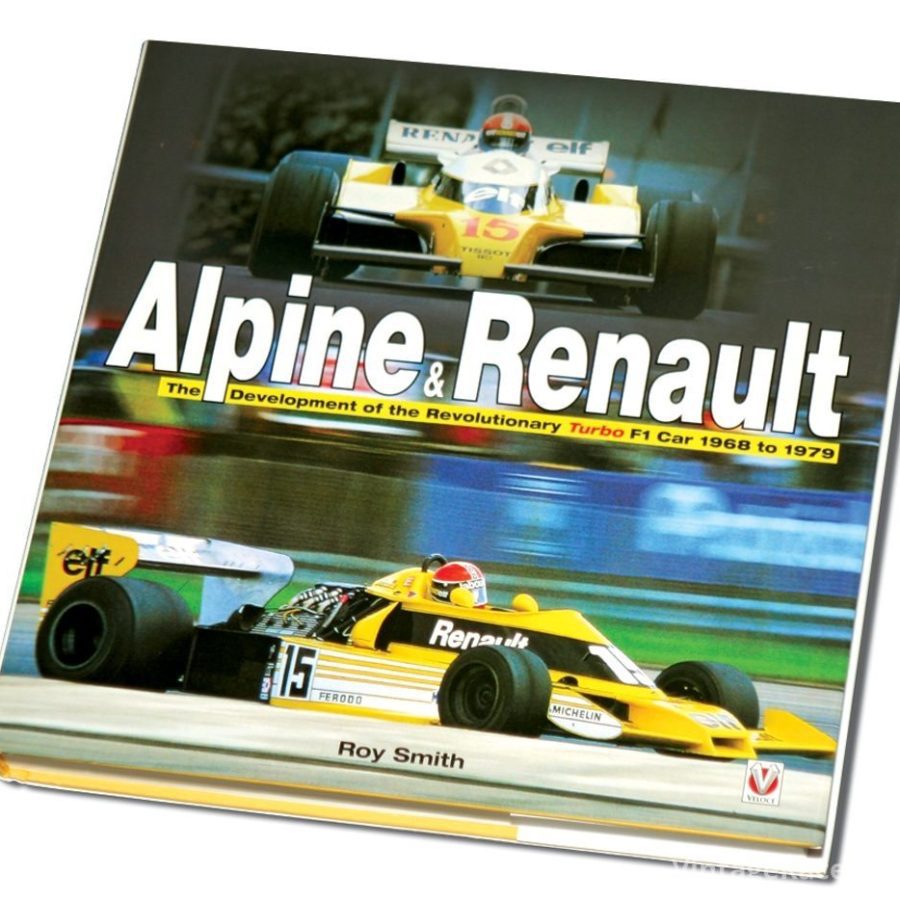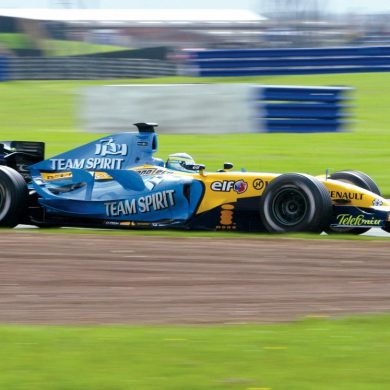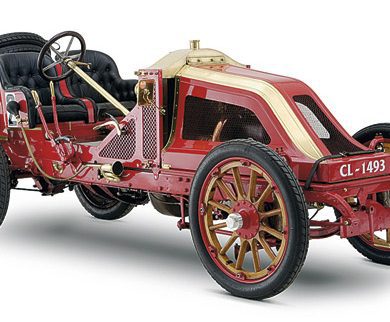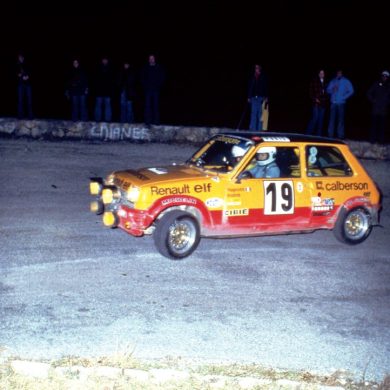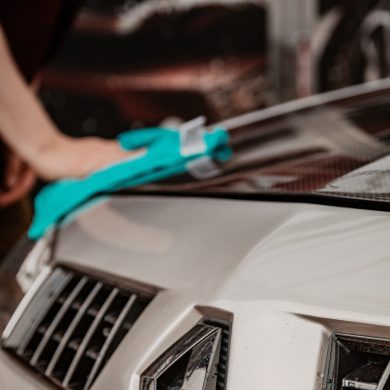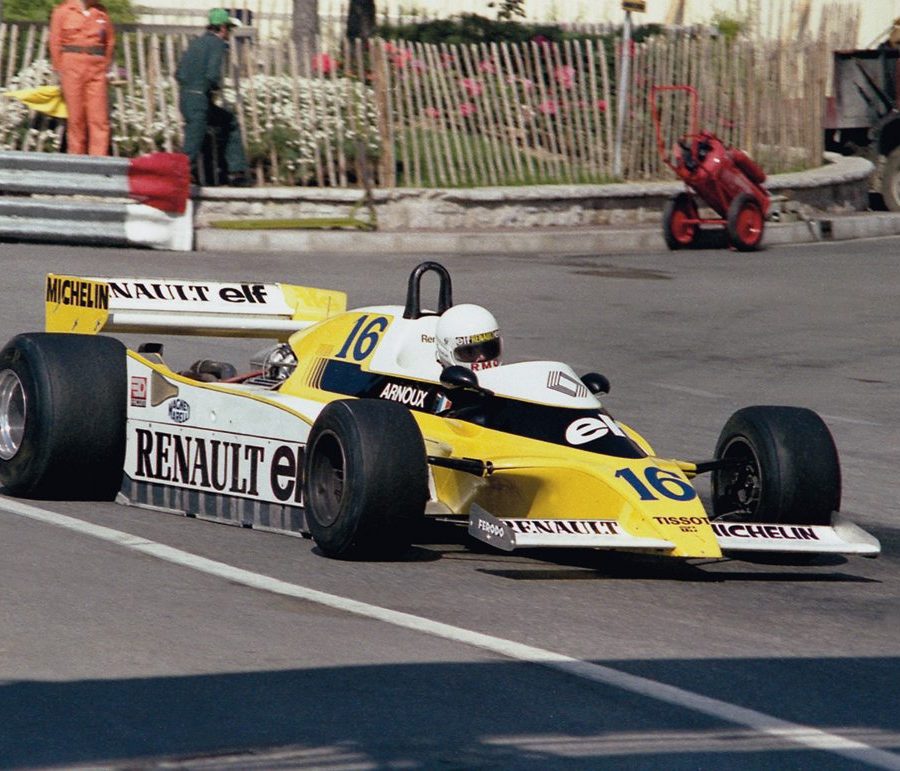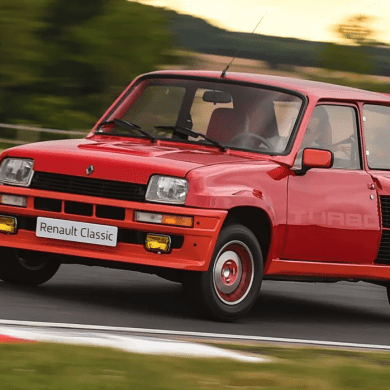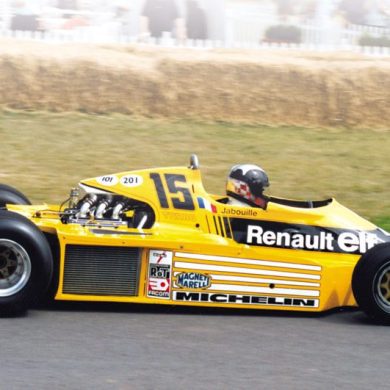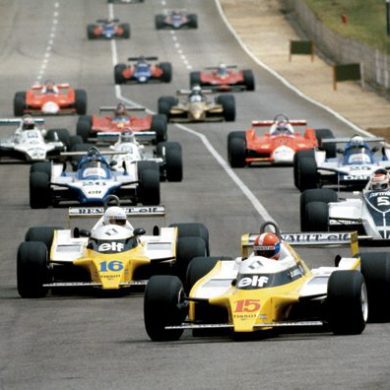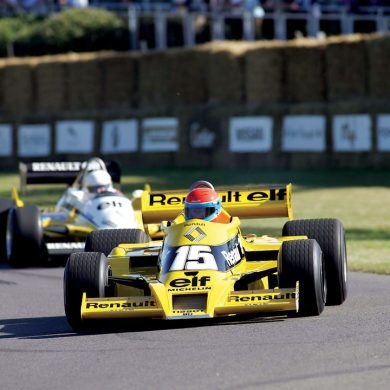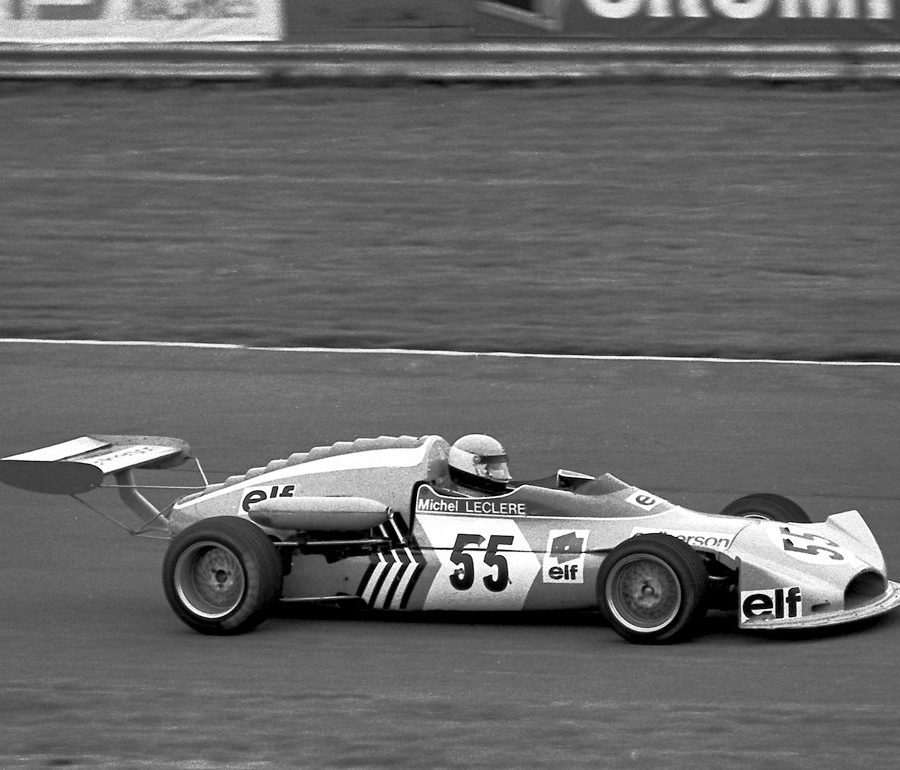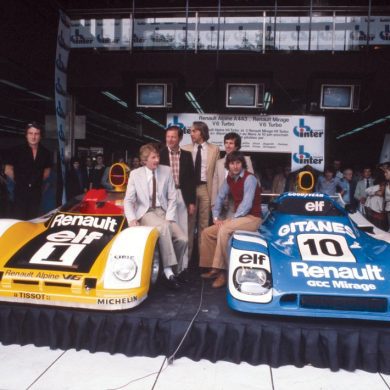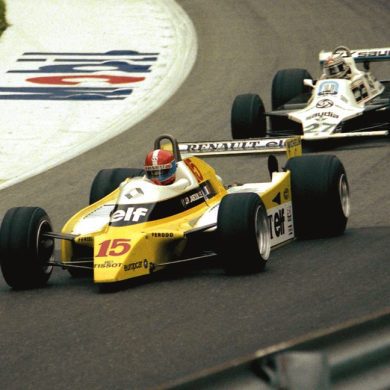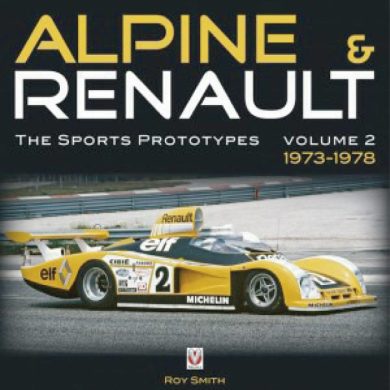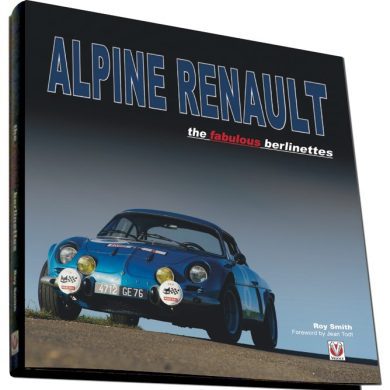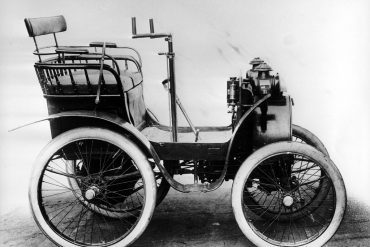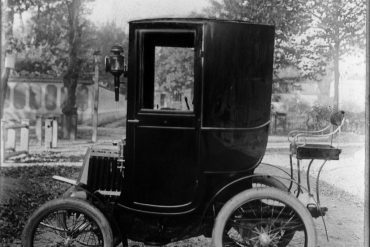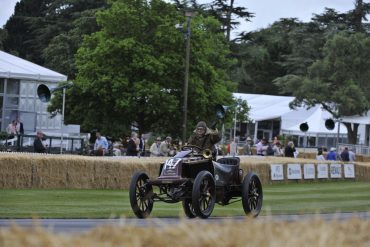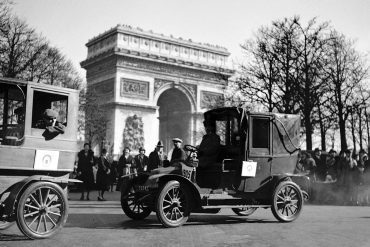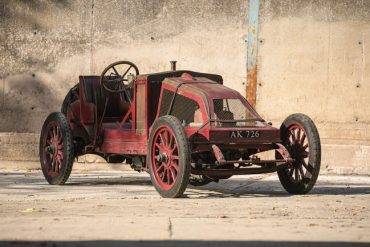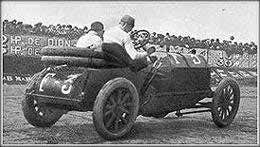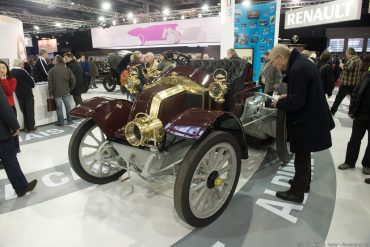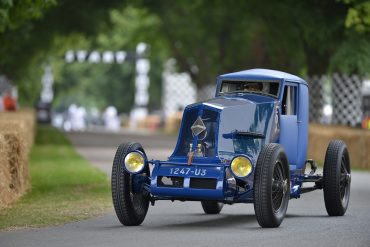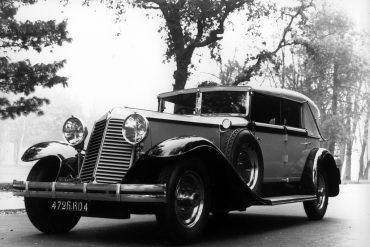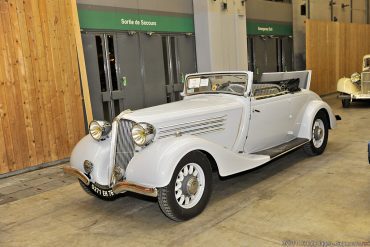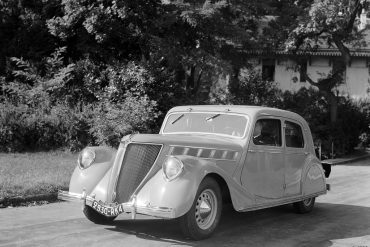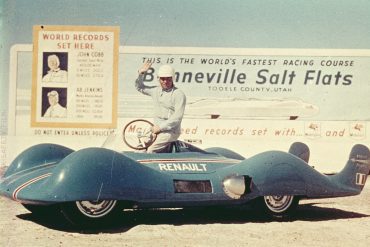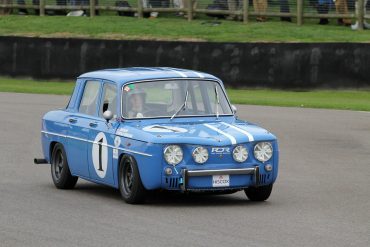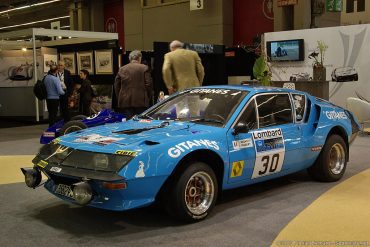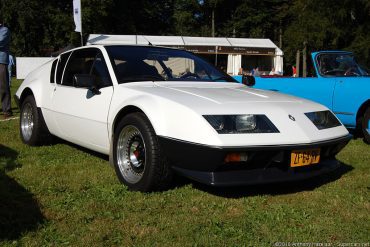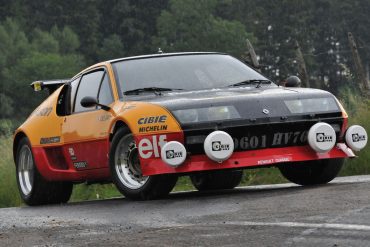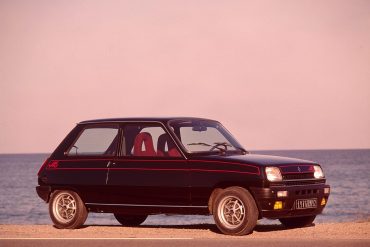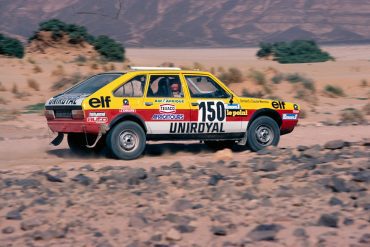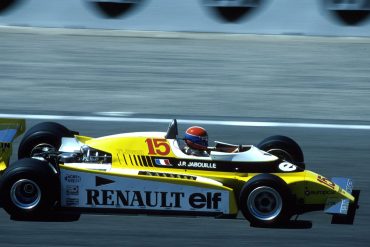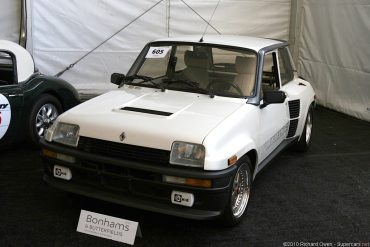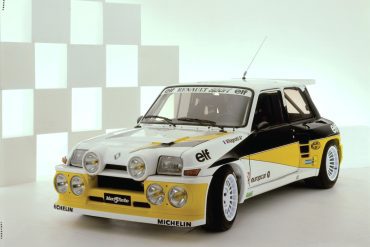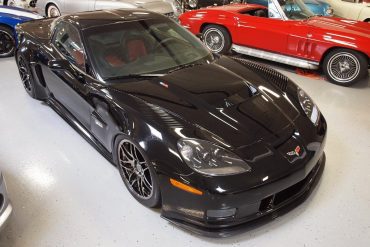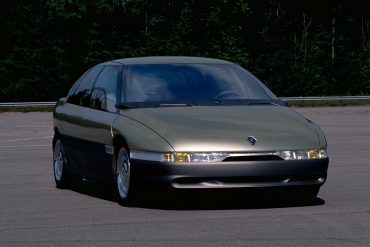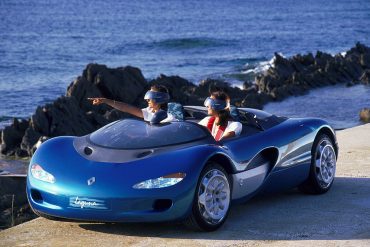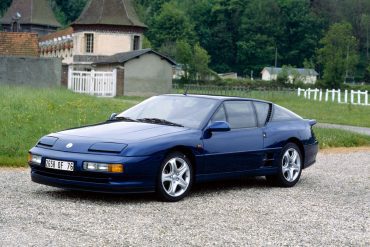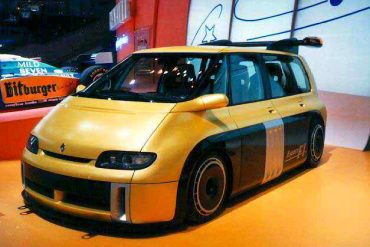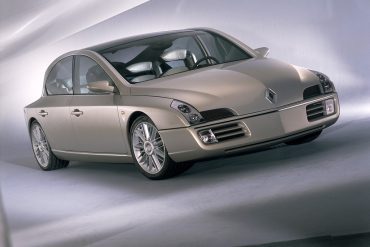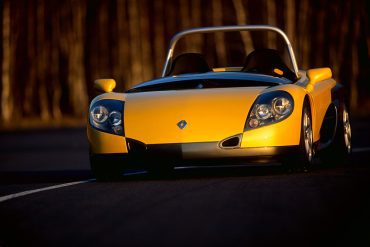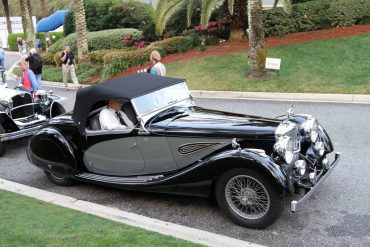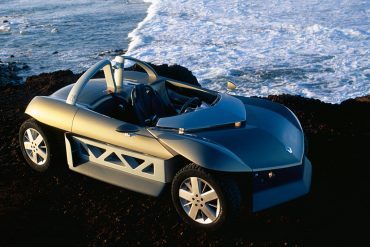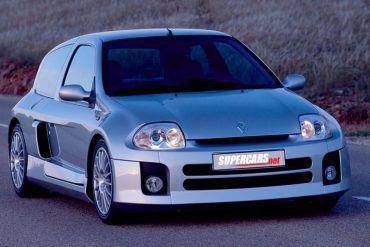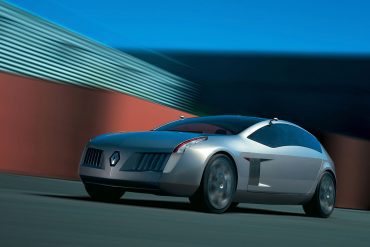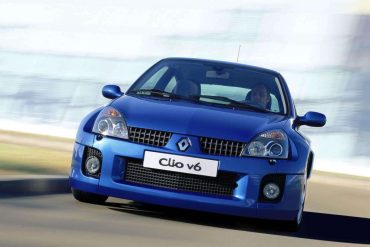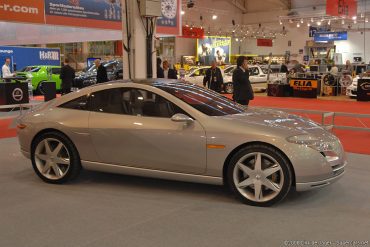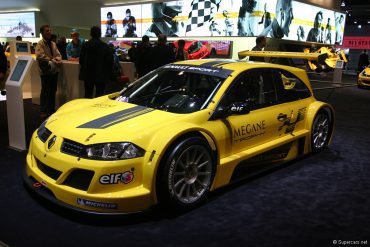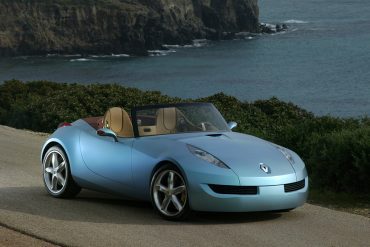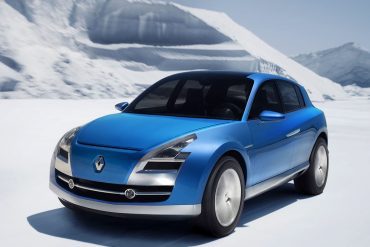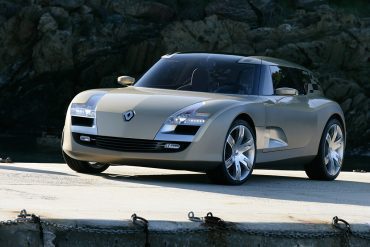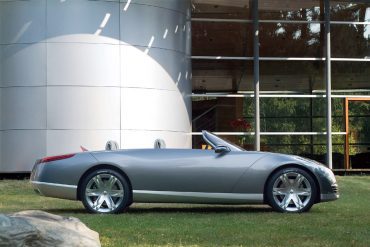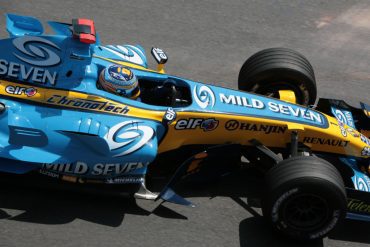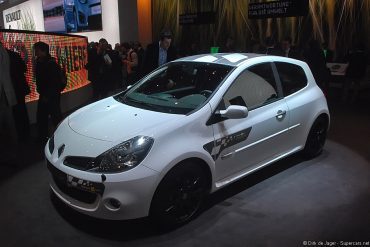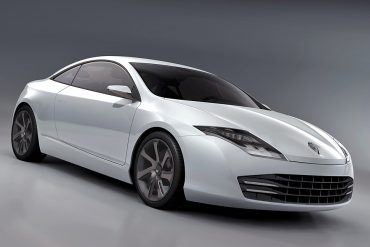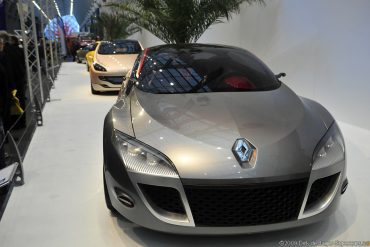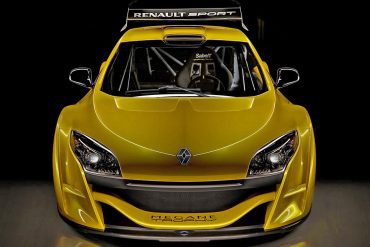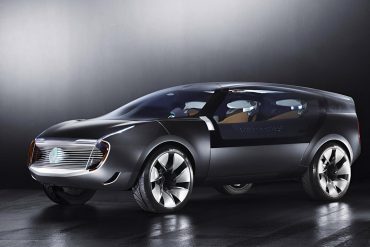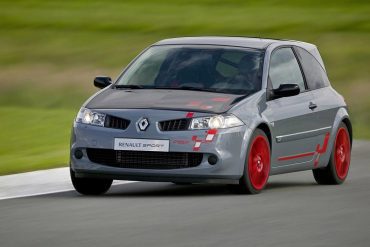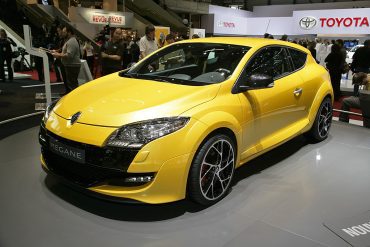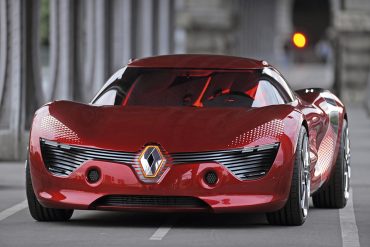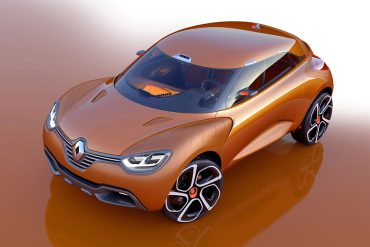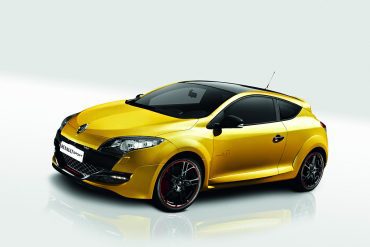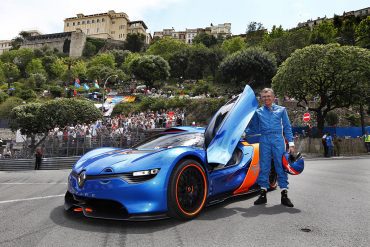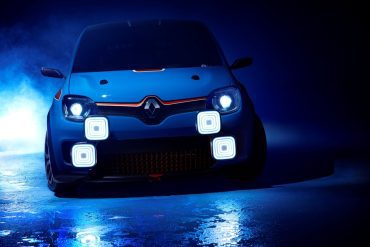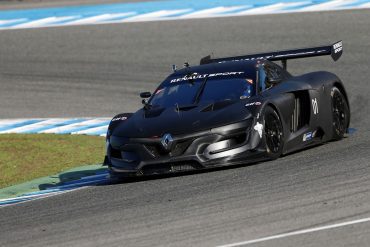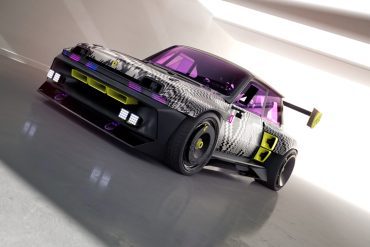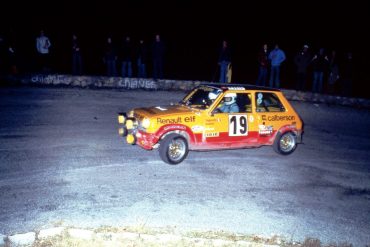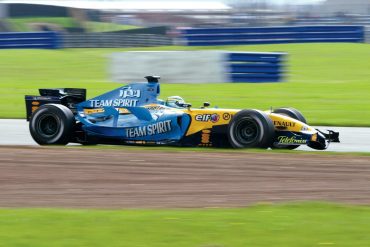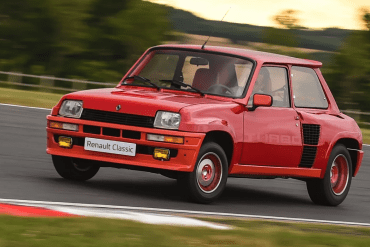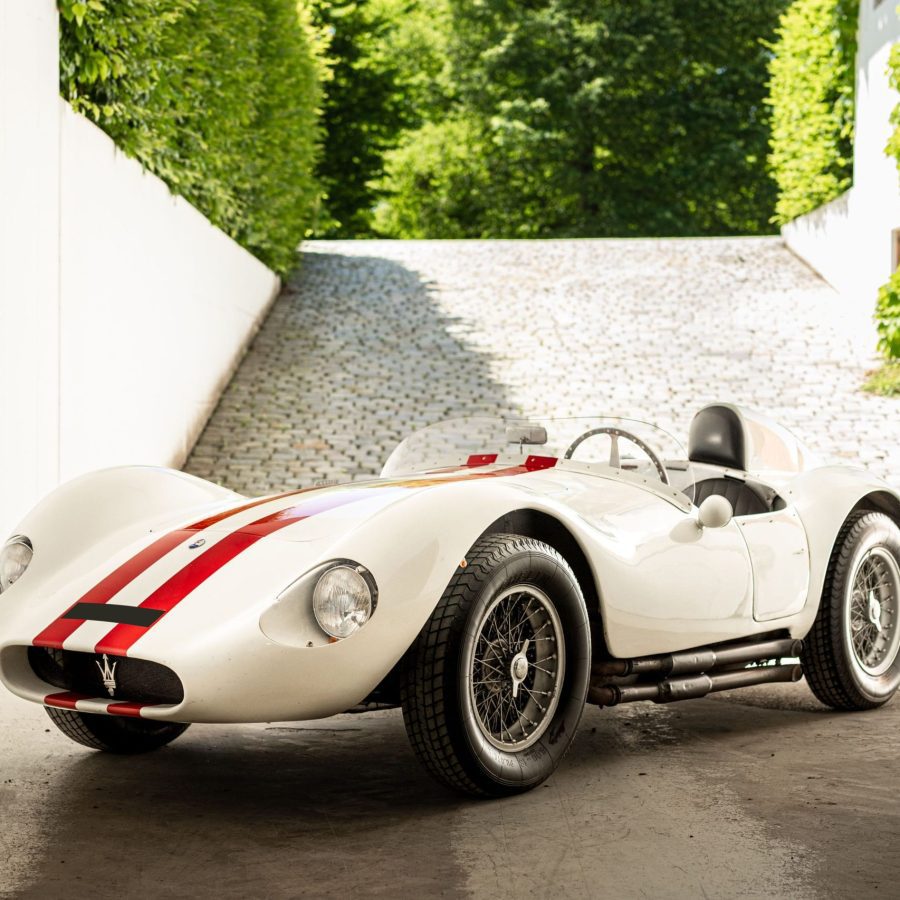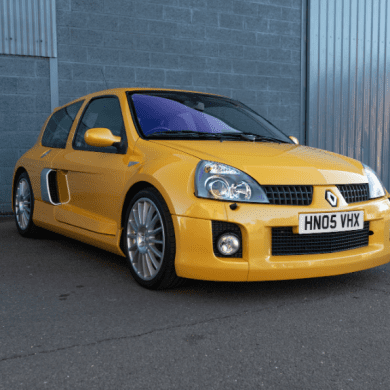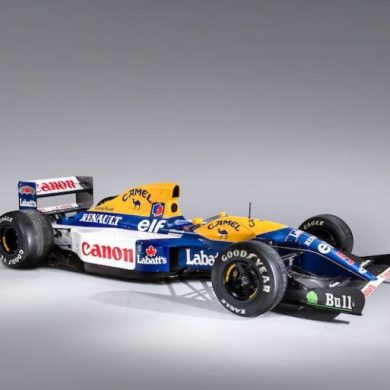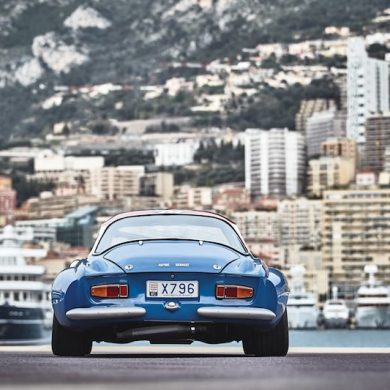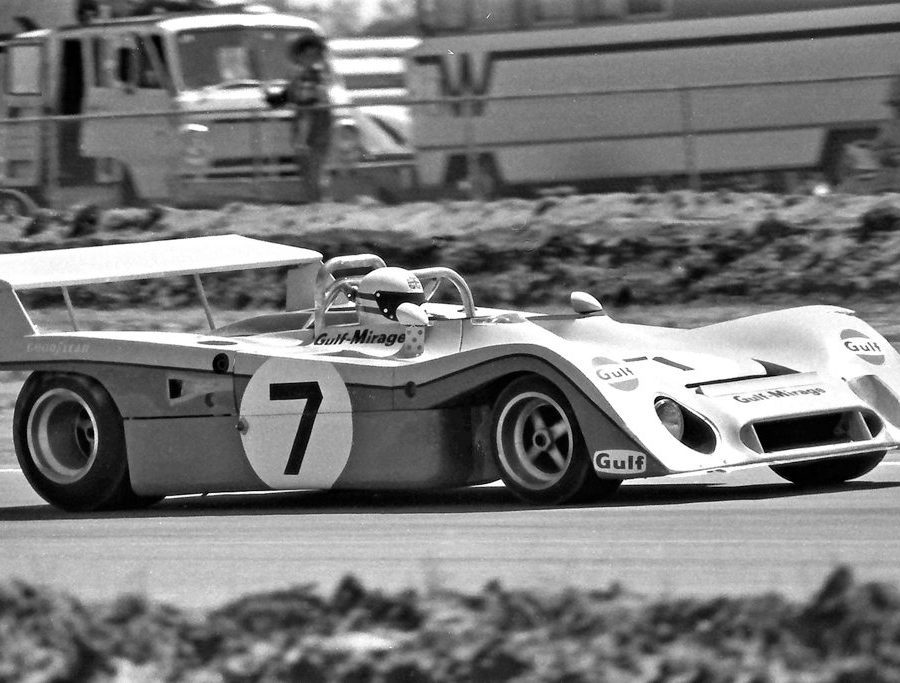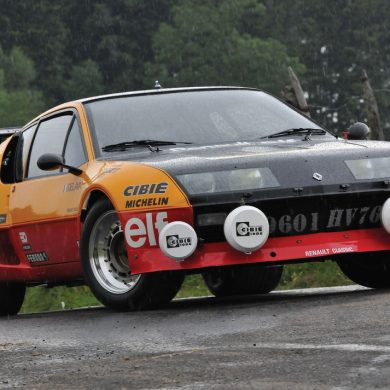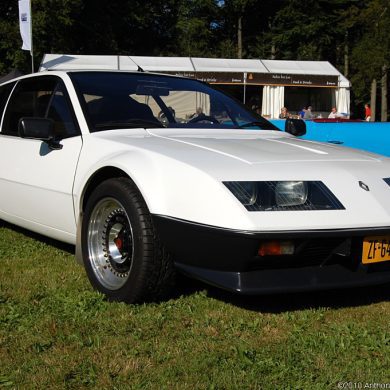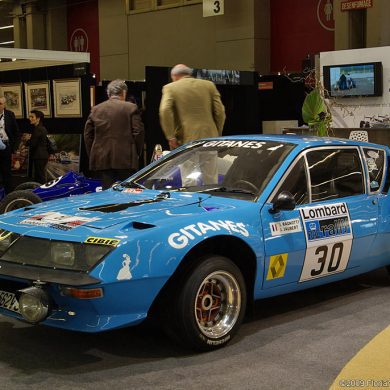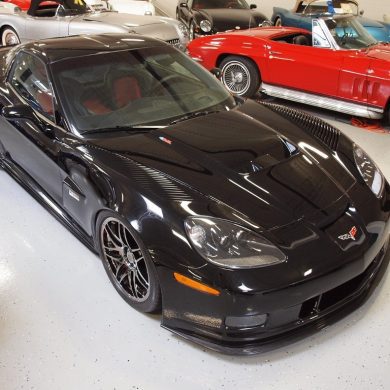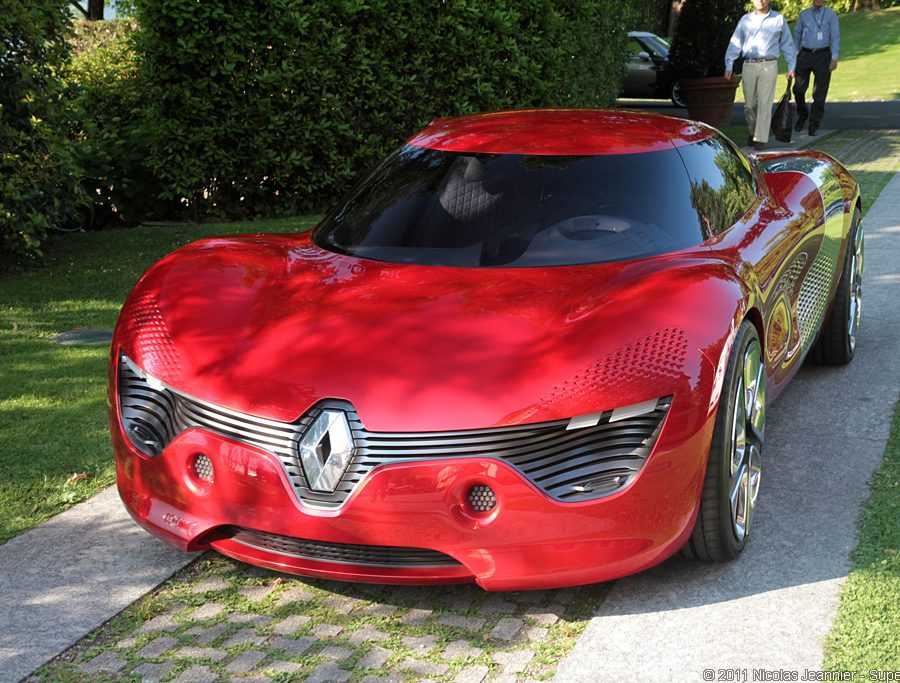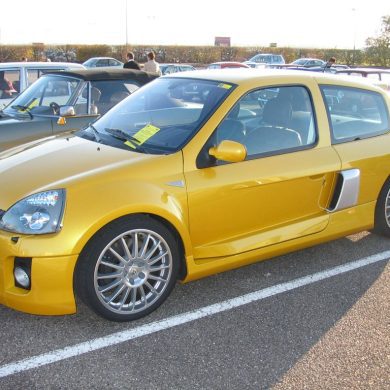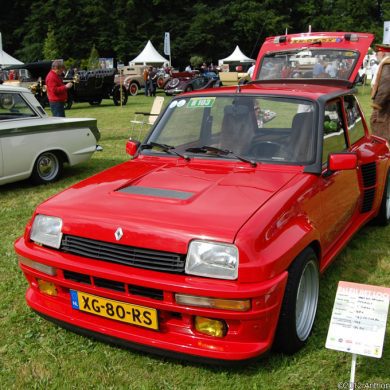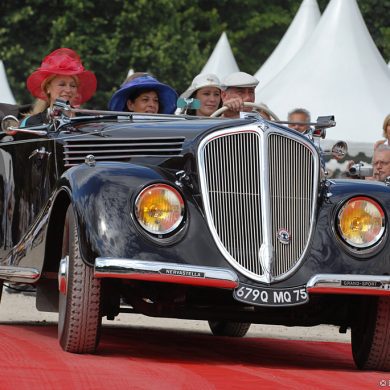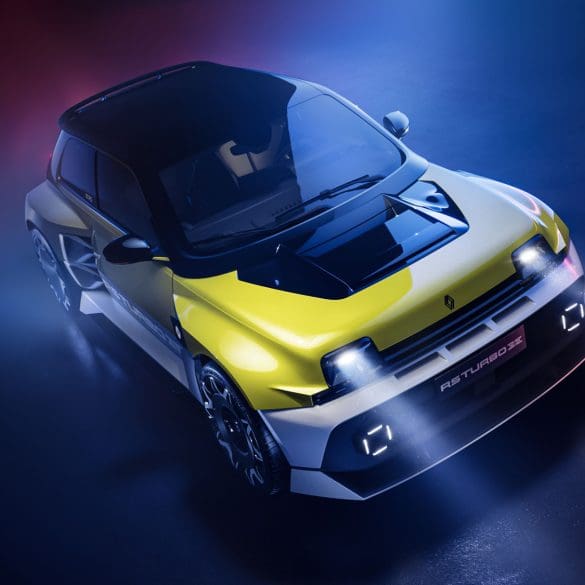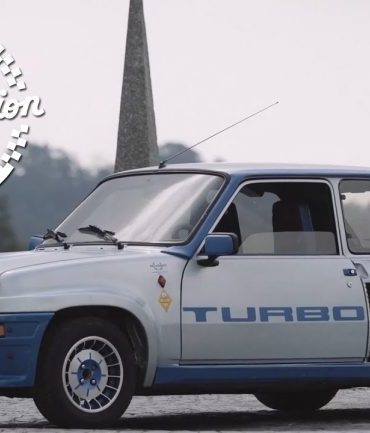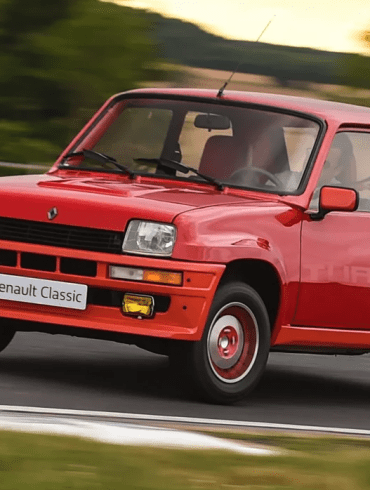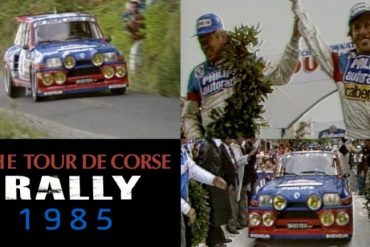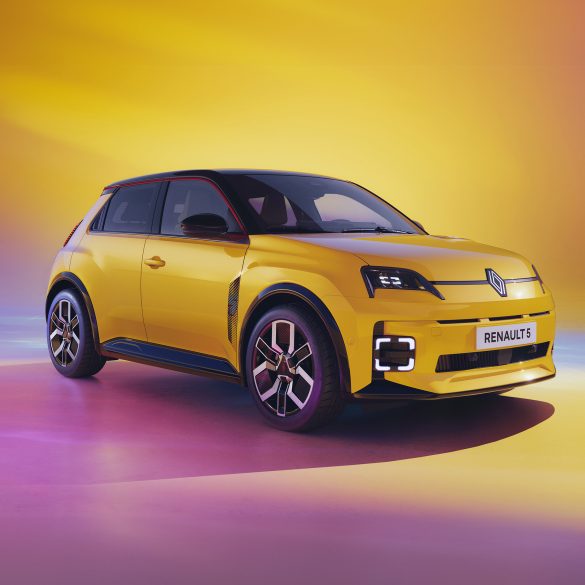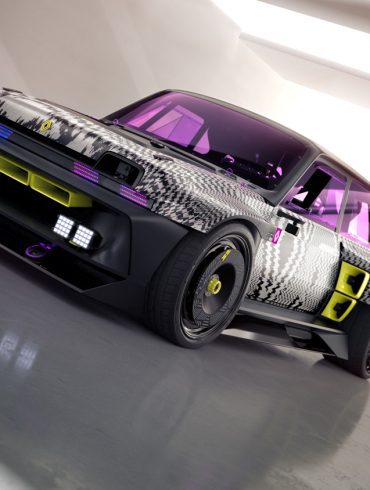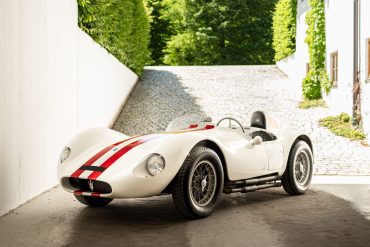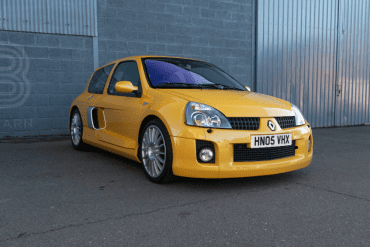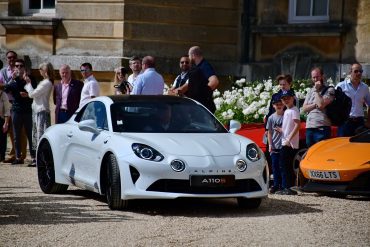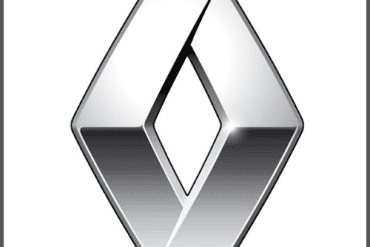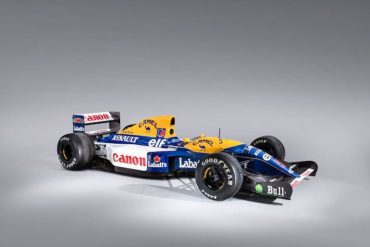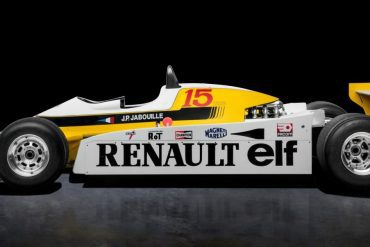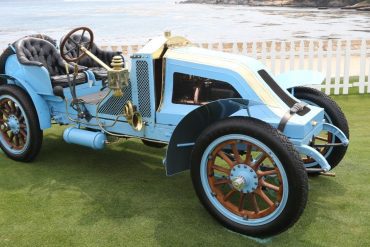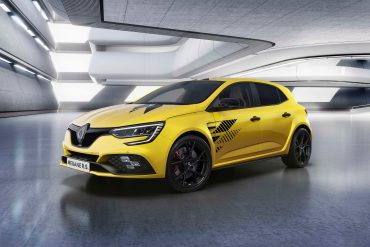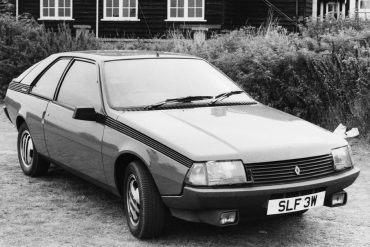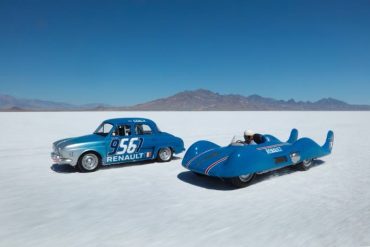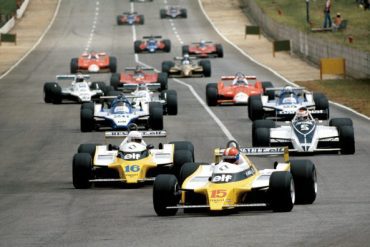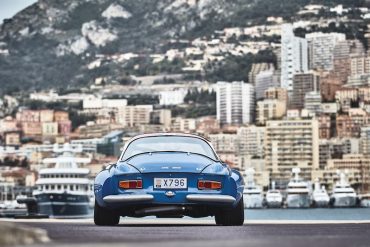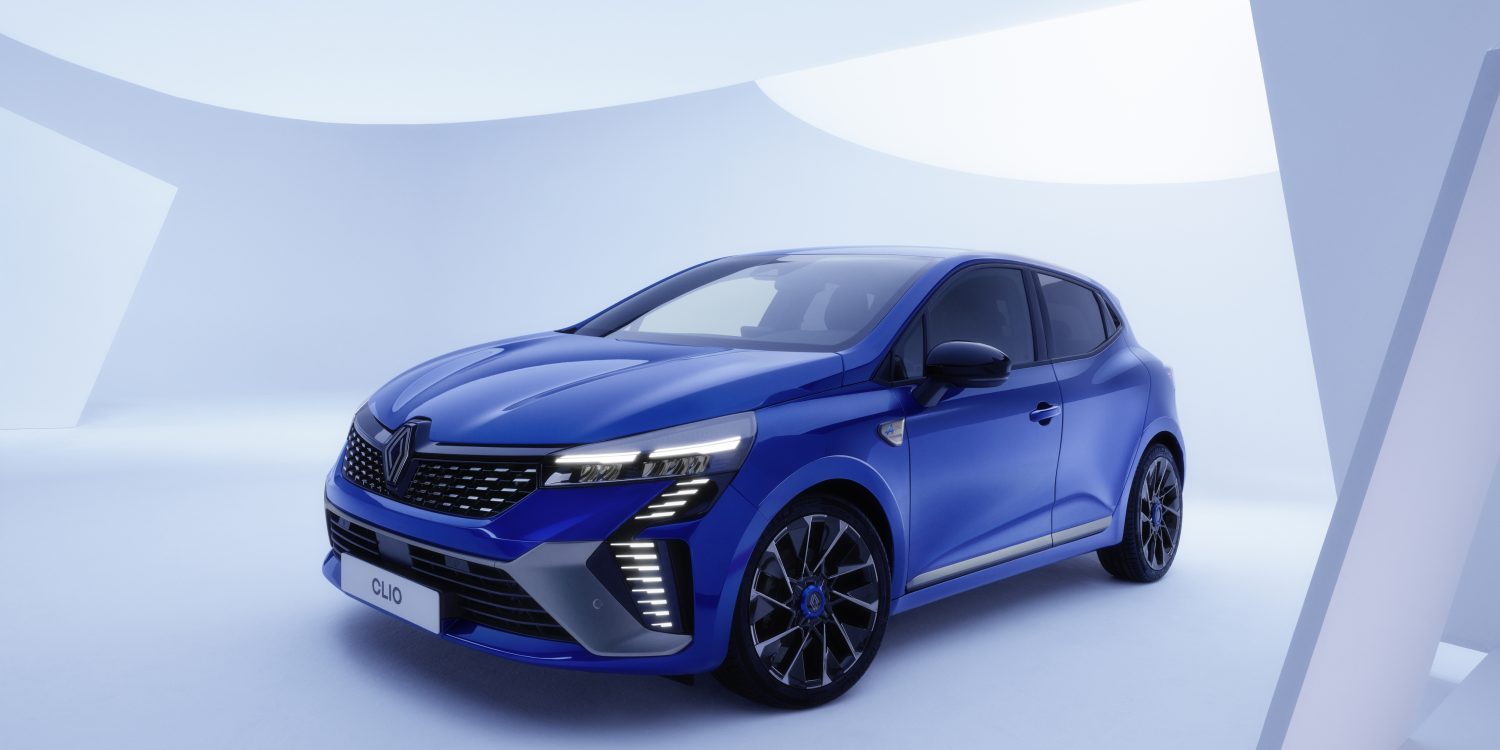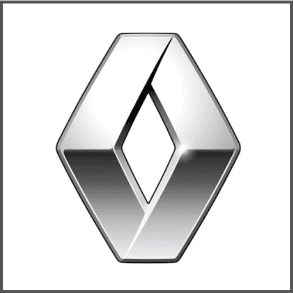
Renault
Research, History, Reviews, Media & More
An Intro / News / Model Guides / Featured Stories / The Market / Images & Videos / Performance Data
Renault: A Century of Innovation, Performance, and Global Impact
Renault is a name that resonates with automotive enthusiasts and everyday drivers alike, thanks to its rich history, innovative engineering, and significant contributions to the world of motorsport. Founded over a century ago, Renault has grown from a small workshop in France to a global automotive powerhouse, producing iconic models and leading the way in technology and design. This post delves into the origins of Renault, its evolution through the decades, the standout models that defined its legacy, and its milestones in both the automotive industry and racing.
The Founding Vision: Louis Renault and His Brothers
Renault was founded in 1899 by Louis Renault and his brothers Marcel and Fernand. Louis Renault, a self-taught engineer with a passion for mechanics, built his first car, the Renault Voiturette 1CV, in a small workshop in Boulogne-Billancourt, France. The Voiturette featured several innovative features for the time, including a direct-drive transmission that eliminated the need for a traditional gearbox, making it easier to drive. This innovation, combined with the car’s reliability, quickly garnered attention, leading to the formation of the Société Renault Frères (Renault Brothers Company).
The Renault brothers’ early success was not limited to car manufacturing; they also recognized the potential of motorsport as a way to showcase their vehicles’ capabilities. Marcel and Louis Renault participated in some of the earliest car races, helping to establish Renault’s reputation for performance and innovation.
The Evolution of Renault: Pioneering Innovation and Design
Over the decades, Renault evolved from a small family business into one of the most influential car manufacturers in the world. Here are some key moments in Renault’s history:
The Early Years and World War I Contribution (1900s-1910s):
In its early years, Renault expanded its product line to include taxis, buses, and commercial vehicles. The Renault Type AG, introduced in 1905, became the first mass-produced taxi, famously known as the “Taxi de la Marne” for its role in transporting French troops during World War I. During the war, Renault also produced aircraft engines and the Renault FT, one of the first modern tanks, which featured a fully rotating turret—a design that influenced tanks for decades.
Post-War Innovation and the Renault 4CV (1940s-1950s):
After World War II, Renault was nationalized and focused on producing affordable cars for the masses. The Renault 4CV, launched in 1947, was the first French car to sell over a million units. This small, economical car became a symbol of post-war recovery and laid the foundation for Renault’s future success in the mass market.
The Hatchback Pioneer: Renault 16 (1960s):
The Renault 16, introduced in 1965, was the first car to feature a hatchback design. This innovative body style offered greater versatility and practicality, setting a trend that would influence car design for decades. The Renault 16 was named European Car of the Year in 1966, further establishing Renault as a leader in automotive innovation.
The Birth of the Hot Hatch: Renault 5 and Renault 5 Turbo (1970s-1980s):
The Renault 5, launched in 1972, was a small, stylish hatchback that quickly became popular across Europe. Its compact size and practicality made it an ideal city car, but it was the high-performance Renault 5 Turbo, introduced in 1980, that truly captured the imagination of enthusiasts. With a mid-engine layout and turbocharged power, the Renault 5 Turbo became a rally legend, showcasing Renault’s ability to blend performance with everyday usability.
Pioneering Minivans with the Renault Espace (1980s):
In 1984, Renault introduced the Espace, Europe’s first minivan. The Espace revolutionized family transportation with its spacious interior, modular seating, and innovative design. It quickly became the benchmark for minivans and solidified Renault’s reputation for thinking outside the box.
Leading the Electric Revolution: Renault ZOE (2010s-Present):
Renault has been at the forefront of the electric vehicle revolution, with the Renault ZOE leading the charge. Launched in 2012, the ZOE quickly became one of the best-selling electric cars in Europe, offering a practical and affordable solution for eco-conscious drivers. Renault’s commitment to electric mobility reflects its dedication to innovation and sustainability.
Renault’s Racing Heritage: A Legacy of Speed and Success
Renault’s involvement in motorsport has been a significant part of its identity, with a rich history in both rallying and Formula One:
Early Motorsport Success (1900s-1930s):
Renault’s motorsport journey began in the early 1900s, with victories in events like the Paris-Vienna race in 1902. The company’s success in these early races helped establish its reputation for performance and reliability.
Formula One Pioneers (1970s-Present):
Renault made history in 1977 by introducing the first turbocharged engine in Formula One with the Renault RS01. Despite initial reliability issues, the turbo engine eventually proved successful, leading to Renault’s dominance in the sport during the 1980s. Renault-powered cars have won multiple Constructors’ and Drivers’ Championships, with legendary drivers like Alain Prost, Fernando Alonso, and Lewis Hamilton piloting Renault-powered machines to victory.
Rally Legends: Renault 5 Turbo and Alpine A110:
Renault’s prowess in rallying is exemplified by cars like the Renault 5 Turbo and the Alpine A110, both of which became legends in the sport. The Renault 5 Turbo’s success in Group B rallying and the Alpine A110’s victories in the Monte Carlo Rally are testaments to Renault’s engineering excellence and competitive spirit.
Special Milestones and Achievements
Renault’s history is marked by several significant milestones and achievements that have left a lasting impact on the automotive industry:
Innovation in Safety: Renault has been a pioneer in automotive safety, with the Renault Laguna being the first car to achieve a 5-star Euro NCAP safety rating in 2001. Renault’s commitment to safety has set new standards in the industry.
Global Expansion: Renault’s partnership with Nissan and Mitsubishi, forming the Renault-Nissan-Mitsubishi Alliance, has made it one of the largest automotive groups in the world. This alliance has allowed Renault to expand its global footprint and share technology across different markets.
Commitment to Sustainability: Renault’s focus on electric vehicles and its leadership in the development of affordable, practical electric cars like the ZOE highlight its commitment to a sustainable future.
The Enduring Legacy of Renault
Renault’s legacy is one of innovation, resilience, and a commitment to making cars that are accessible, practical, and enjoyable to drive. From its early days of pioneering automotive design to its leadership in electric vehicles and motorsport success, Renault has consistently pushed the boundaries of what is possible in the automotive industry.
Today, Renault continues to evolve, embracing new technologies and expanding its global reach. Whether through its stylish and efficient road cars or its high-performance racing machines, Renault remains a symbol of French engineering excellence and a key player in the global automotive landscape.
Conclusion
Renault’s journey from a small workshop in France to a global automotive powerhouse is a story of innovation, determination, and a passion for excellence. Through its groundbreaking models, technological advancements, and success in motorsport, Renault has left an indelible mark on the automotive world. As the company looks to the future, its rich history and tradition of pushing the boundaries ensure that Renault will continue to lead the way in the automotive industry for generations to come.
Renault Company Basics
Founded: 25 February 1899
Founders: Louis Renault, Marcel Renault, Fernand Renault
Headquarters: Boulogne-Billancourt, Île-de-France, France
Brands: Alpine, Dacia, Renault, Mobilize
Did You Know?
Renault was founded in 1899 by Louis Renault and his brothers Marcel and Fernand. Louis Renault built his first car, the Renault Voiturette 1CV, in a small workshop in Boulogne-Billancourt, France.
Renault was the first manufacturer to introduce a turbocharged engine in Formula One. The Renault RS01, debuted in 1977, marked the beginning of the turbo era in F1, eventually leading to Renault's dominance in the sport.
The Renault 4, launched in 1961, was one of the first mass-produced cars with a hatchback design. It was produced for over 30 years and became a symbol of practicality and reliability, with more than 8 million units sold worldwide.
The Renault 5 Turbo, introduced in 1980, was a mid-engine, turbocharged hot hatch designed for rallying. It became an icon in the world of motorsport and remains one of Renault's most beloved performance cars.
Renault has a rich history in motorsport, including winning multiple Formula One Constructors' and Drivers' Championships. The Renault-powered cars have been driven by legendary drivers like Alain Prost, Fernando Alonso, and more recently, Lewis Hamilton during his early years with McLaren.
More Renault
Renault Model Guides
We take a look at the iconic and interesting Renault models and take a deep dive into the models that make this marquee so special.


